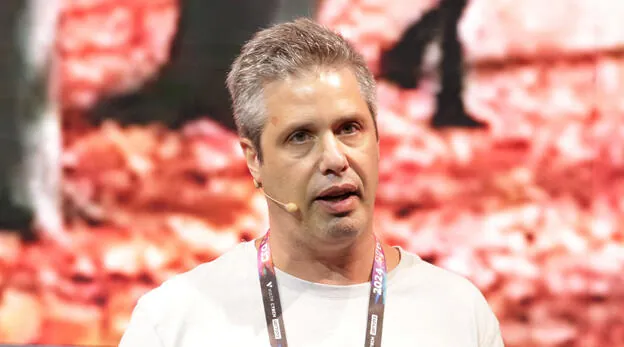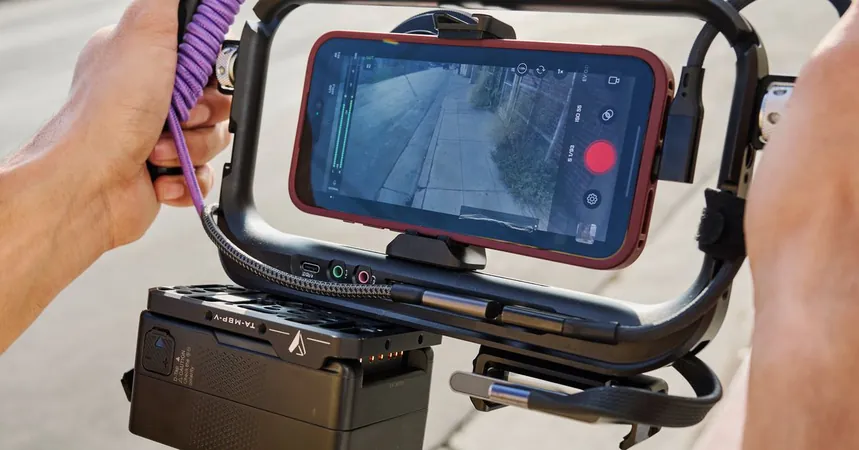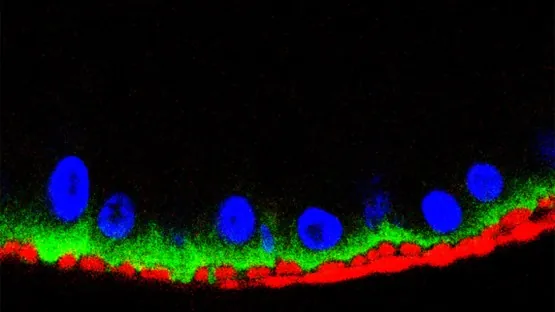
The Revolutionary Impact of GenAI: Hollywood Disrupted!
2024-09-29
Introduction
Generative artificial intelligence (GenAI) is reshaping the film industry in unprecedented ways. As Oded Granot, the head of Hour One's visual effects department and a seasoned special effects artist with a 15-year Hollywood career—including work on blockbusters like Spider-Man and Game of Thrones—explains, GenAI can accomplish in seconds what traditionally takes Hollywood studios immense time and financial resources.
Complexities and Costs of Video Production
Granot highlights the complexities and costs associated with creating high-quality video content. Typically, an animated film requires around a thousand animators, each producing merely one to two seconds of footage weekly. The technical intricacies involve hefty data requirements, with each shot demanding over 5,000 terabytes of storage. This painstakingly elaborate process can run into millions of dollars. However, in recent years, the advent of GenAI has drastically streamlined this method, making it affordable and faster. "I can describe a scene or character with just words, and it materializes in an instant at virtually no cost," he asserts.
Challenges of GenAI
Yet, despite its transformative potential, GenAI isn't without challenges. Granot points out that the technology can be likened to a "Russian roulette"—the output remains inconsistent; every attempt yields varied results. This unpredictability can hinder professionals who require reliability in their work. Even something as simple as altering an object’s color may yield inconsistent results. As the technology evolves, continuous advancements aim to tackle these inconsistencies, fostering improved precision in production.
Innovations at Hour One
At Hour One, the team explores the realm of animated characters and avatars. Innovatively, they offer the ability to create content without traditional filming. Notably, LinkedIn founder Reed Hoffman features as a character in their system that is linked to a language model, allowing him to engage in television interviews and produce content without sacrificing time. Granot envisions a future of immense change in media consumption, driven by real-time content production and the proliferation of services beyond mobile platforms. The sheer volume of video content generated in the coming years is expected to be staggering, with customized avatars that can reflect the user’s personality.
Ownership and Authenticity Concerns
However, such advancements raise essential questions regarding ownership and authenticity. With an explosion of content, who truly owns the avatars? What measures exist to prevent unauthorized use? Furthermore, concerns about the integrity of information arise: if anyone can create a digital likeness, how do we discern truth from fabrication? As the landscape of content creation evolves, these issues will undoubtedly demand serious consideration from creators, consumers, and regulators alike.
Conclusion
In a world where GenAI can recreate Hollywood-like effects at lightning speed, the stakes have never been higher. As the industry grapples with these sweeping changes, the future of content creation—and our relationship with it—is poised for dramatic transformation.


 Brasil (PT)
Brasil (PT)
 Canada (EN)
Canada (EN)
 Chile (ES)
Chile (ES)
 España (ES)
España (ES)
 France (FR)
France (FR)
 Hong Kong (EN)
Hong Kong (EN)
 Italia (IT)
Italia (IT)
 日本 (JA)
日本 (JA)
 Magyarország (HU)
Magyarország (HU)
 Norge (NO)
Norge (NO)
 Polska (PL)
Polska (PL)
 Schweiz (DE)
Schweiz (DE)
 Singapore (EN)
Singapore (EN)
 Sverige (SV)
Sverige (SV)
 Suomi (FI)
Suomi (FI)
 Türkiye (TR)
Türkiye (TR)